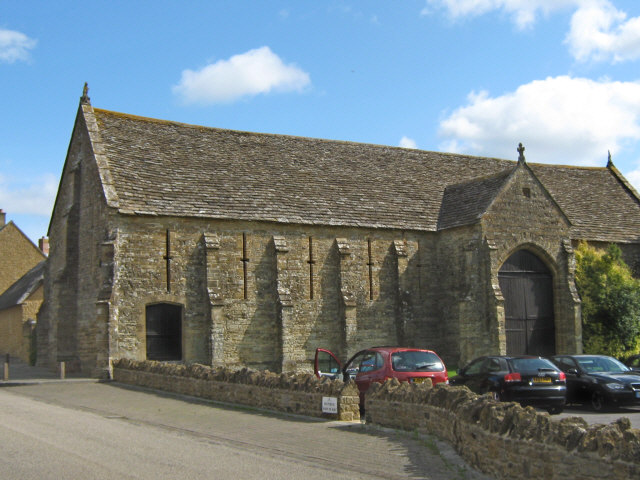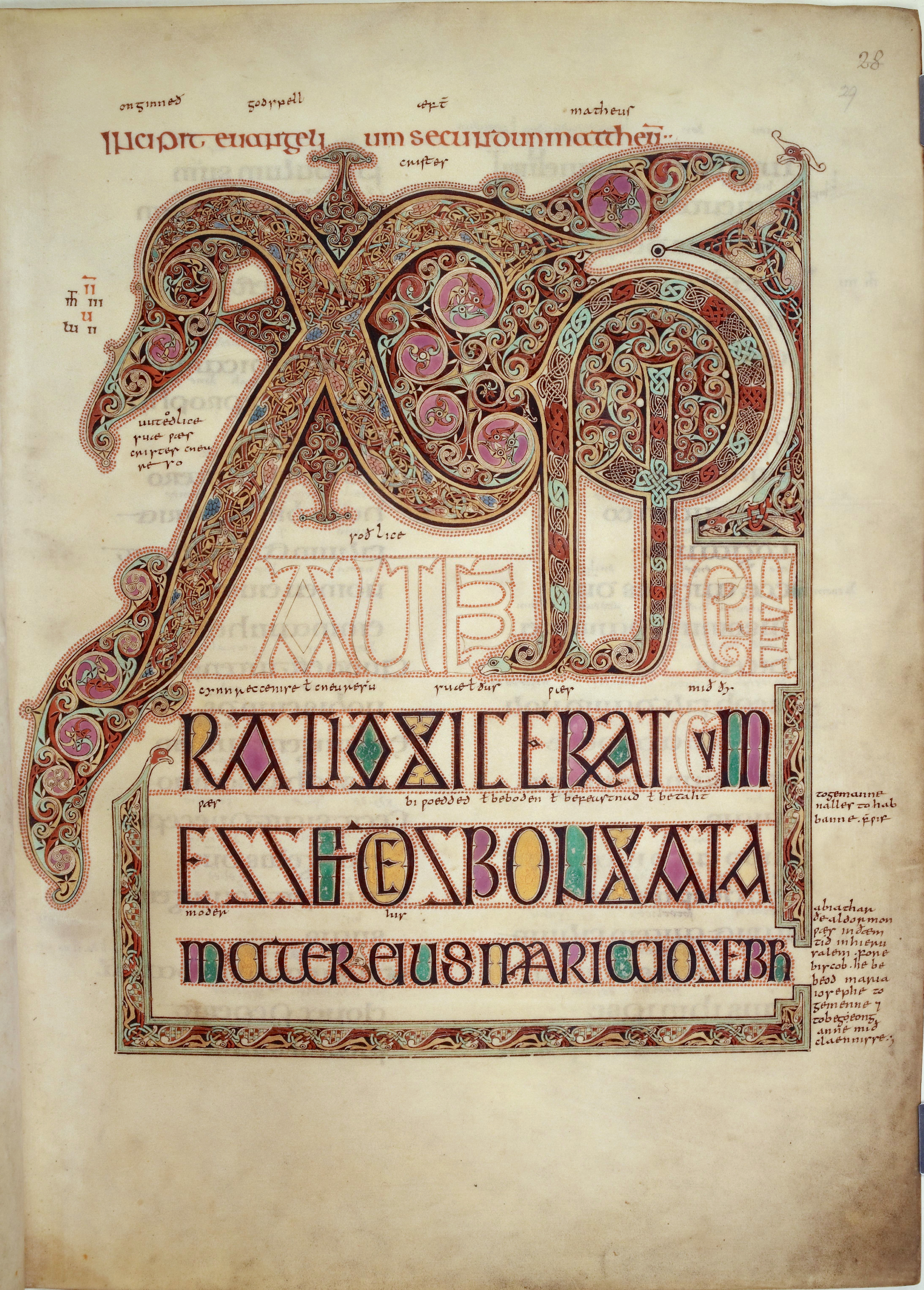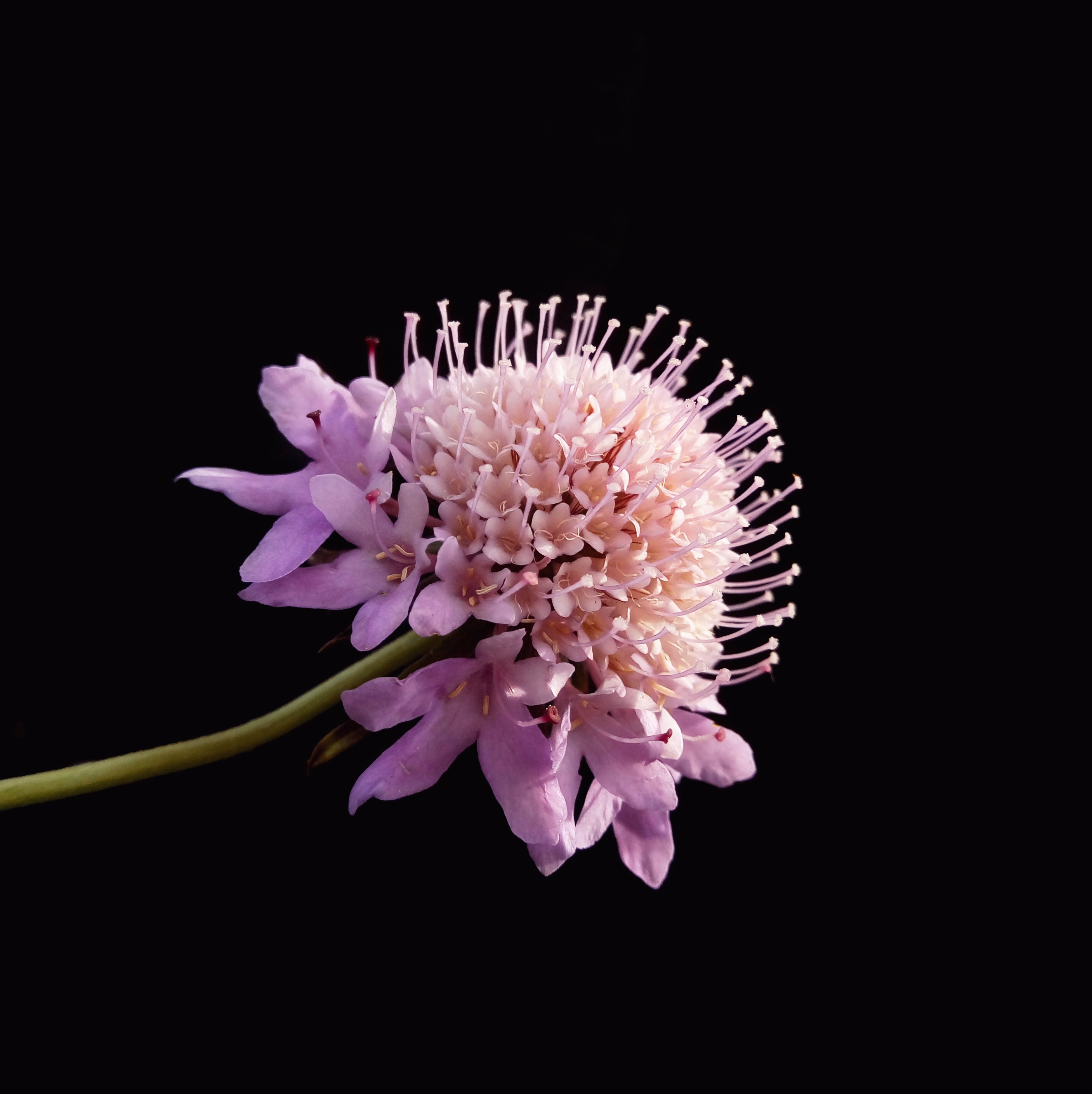|
Ballidon Dale
Ballidon Dale is a steep-sided, dry carboniferous limestone valley near Parwich in the Derbyshire Peak District of England. The ancient hamlet of Ballidon (mentioned in the Domesday Book) lies at the southern foot of the dale. Ballidon Quarry and Hoe Grange limestone quarries now dominate the west side of the dale. The fossil-rich limestone was formed from deposits in a warm shallow sea in the Brigantian stage of the Carboniferous period (around 330 million years ago). Ballidon Dale is a designated Site of Special Scientific Interest (SSSI). The protected SSSI area covers the main broad, deep valley as well as the long dale on the west side and smaller dale from the east side. There are early purple orchid in the main dale. There is a rich variety of grasses and herbs on the dale sides. Grasses include meadow oat, parnassus, quaking grass, sheep's fescue, glaucous sedge, carnation sedge and spring sedge. Herbs include salad burnet, bird's-foot trefoil, mouse ear hawkwe ... [...More Info...] [...Related Items...] OR: [Wikipedia] [Google] [Baidu] |
Derbyshire
Derbyshire ( ) is a ceremonial county in the East Midlands, England. It includes much of the Peak District National Park, the southern end of the Pennine range of hills and part of the National Forest. It borders Greater Manchester to the north-west, West Yorkshire to the north, South Yorkshire to the north-east, Nottinghamshire to the east, Leicestershire to the south-east, Staffordshire to the west and south-west and Cheshire to the west. Kinder Scout, at , is the highest point and Trent Meadows, where the River Trent leaves Derbyshire, the lowest at . The north–south River Derwent is the longest river at . In 2003, the Ordnance Survey named Church Flatts Farm at Coton in the Elms, near Swadlincote, as Britain's furthest point from the sea. Derby is a unitary authority area, but remains part of the ceremonial county. The county was a lot larger than its present coverage, it once extended to the boundaries of the City of Sheffield district in South Yorkshire ... [...More Info...] [...Related Items...] OR: [Wikipedia] [Google] [Baidu] |
Carex Caryophyllea
''Carex caryophyllea'' is a species of plant in the family Cyperaceae first described by Marc Antoine Louis Claret de La Tourrette. Two varieties are listed in the World Checklist of Selected Plant Families The World Checklist of Selected Plant Families (usually abbreviated to WCSP) is an "international collaborative programme that provides the latest peer reviewed and published opinions on the accepted scientific names and synonyms of selected pl ...: * ''Carex caryophyllea'' var. ''caryophyllea'' — temperate regions of the Old World * ''Carex caryophyllea'' var. ''microtricha'' — Far East, Korea, North and Central Japan References * E. Foerster: ''Seggen, Binsen, Simsen und andere Scheingräser des Grünlandes – Ein Schlüssel zum Bestimmen im blütenlosen Zustand.'' Manuskript, Kleve-Kellen März 1982. caryophyllea {{Carex-stub ... [...More Info...] [...Related Items...] OR: [Wikipedia] [Google] [Baidu] |
Monastic Grange
Monastic granges were outlying landholdings held by monasteries independent of the manorial system. The first granges were owned by the Cistercians and other orders followed. Wealthy monastic houses had many granges, most of which were largely agricultural providing food for the monastic community. A grange might be established adjacent to the monastery but others were established wherever it held lands, some at a considerable distance. Some granges were worked by lay-brothers belonging to the order, others by paid labourers. Granges could be of six known types: agrarian, sheep or cattle farms, horse studs, fisheries and industrial complexes. Industrial granges were significant in the development of medieval industries, particularly iron working. Description Granges were landed estates used for food production, centred on a farm and out-buildings and possibly a mill or a tithe barn. The word grange comes through French from Latin meaning a granary. The granges might be lo ... [...More Info...] [...Related Items...] OR: [Wikipedia] [Google] [Baidu] |
Anglo-Normans
The Anglo-Normans ( nrf, Anglo-Normaunds, ang, Engel-Norðmandisca) were the medieval ruling class in England, composed mainly of a combination of ethnic Normans, French, Anglo-Saxons, Flemings and Bretons, following the Norman conquest. A small number of Normans had earlier befriended future Anglo-Saxon king of England, Edward the Confessor, during his exile in his mother's homeland of Normandy in northern France. When he returned to England some of them went with him, and so there were Normans already settled in England prior to the conquest. Edward's successor, Harold Godwinson, was defeated by Duke William the Conqueror of Normandy at the Battle of Hastings, leading to William's accession to the English throne. The victorious Normans formed a ruling class in Britain, distinct from (although inter-marrying with) the native populations. Over time their language evolved from the continental Old Norman to the distinct Anglo-Norman language. Anglo-Normans quickly establ ... [...More Info...] [...Related Items...] OR: [Wikipedia] [Google] [Baidu] |
Scheduled Monument
In the United Kingdom, a scheduled monument is a nationally important archaeological site or historic building, given protection against unauthorised change. The various pieces of legislation that legally protect heritage assets from damage and destruction are grouped under the term "designation." The protection provided to scheduled monuments is given under the Ancient Monuments and Archaeological Areas Act 1979, which is a different law from that used for listed buildings (which fall within the town and country planning system). A heritage asset is a part of the historic environment that is valued because of its historic, archaeological, architectural or artistic interest. Only some of these are judged to be important enough to have extra legal protection through designation. There are about 20,000 scheduled monuments in England representing about 37,000 heritage assets. Of the tens of thousands of scheduled monuments in the UK, most are inconspicuous archaeological sites, but ... [...More Info...] [...Related Items...] OR: [Wikipedia] [Google] [Baidu] |
Edgar The Peaceful
Edgar ( ang, Ēadgār ; 8 July 975), known as the Peaceful or the Peaceable, was King of the English from 959 until his death in 975. The younger son of King Edmund I and Ælfgifu of Shaftesbury, he came to the throne as a teenager following the death of his older brother, King Eadwig. As king, Edgar further consolidated the political unity achieved by his predecessors, with his reign being noted for its relative stability. His most trusted advisor was Dunstan, whom he recalled from exile and made Archbishop of Canterbury. The pinnacle of Edgar's reign was his coronation at Bath in 973, which was organised by Dunstan and forms the basis for the current coronation ceremony. After his death he was succeeded by his son Edward, although the succession was disputed. Early years and accession Edgar was the son of Edmund I and Ælfgifu of Shaftesbury. Upon the death of King Edmund in 946, Edgar's uncle, Eadred, ruled until 955. Eadred was succeeded by his nephew, Eadwig, Edmund's ... [...More Info...] [...Related Items...] OR: [Wikipedia] [Google] [Baidu] |
Anglo-Saxons
The Anglo-Saxons were a cultural group who inhabited England in the Early Middle Ages. They traced their origins to settlers who came to Britain from mainland Europe in the 5th century. However, the ethnogenesis of the Anglo-Saxons happened within Britain, and the identity was not merely imported. Anglo-Saxon identity arose from interaction between incoming groups from several Germanic tribes, both amongst themselves, and with indigenous Britons. Many of the natives, over time, adopted Anglo-Saxon culture and language and were assimilated. The Anglo-Saxons established the concept, and the Kingdom, of England, and though the modern English language owes somewhat less than 26% of its words to their language, this includes the vast majority of words used in everyday speech. Historically, the Anglo-Saxon period denotes the period in Britain between about 450 and 1066, after their initial settlement and up until the Norman Conquest. Higham, Nicholas J., and Martin J. Ryan. ''The An ... [...More Info...] [...Related Items...] OR: [Wikipedia] [Google] [Baidu] |
Site Of Medieval Settlement And Field System At Ballidon
Site most often refers to: * Archaeological site * Campsite, a place used for overnight stay in an outdoor area * Construction site * Location, a point or an area on the Earth's surface or elsewhere * Website, a set of related web pages, typically with a common domain name It may also refer to: * Site, a National Register of Historic Places property type * SITE (originally known as ''Sculpture in the Environment''), an American architecture and design firm * Site (mathematics), a category C together with a Grothendieck topology on C * ''The Site'', a 1990s TV series that aired on MSNBC * SITE Intelligence Group, a for-profit organization tracking jihadist and white supremacist organizations * SITE Institute, a terrorism-tracking organization, precursor to the SITE Intelligence Group * Sindh Industrial and Trading Estate, a company in Sindh, Pakistan * SITE Centers, American commercial real estate company * SITE Town, a densely populated town in Karachi, Pakistan * S.I.T.E Indust ... [...More Info...] [...Related Items...] OR: [Wikipedia] [Google] [Baidu] |
Galium Verum
''Galium verum'' (lady's bedstraw or yellow bedstraw) is a herbaceous perennial plant of the family Rubiaceae. It is widespread across most of Europe, North Africa, and temperate Asia from Israel, Lebanon and Turkey to Japan and Kamchatka. It is naturalized in Tasmania, New Zealand, Canada, and the northern half of the United States. It is considered a noxious weed in some places. ''Galium verum'' is a low scrambling plant, with the stems growing to long, frequently rooting where they touch the ground. The leaves are long and broad, shiny dark green, hairy underneath, borne in whorls of 8–12. The flowers are in diameter, yellow, and produced in dense clusters. This species is sometimes confused with '' Galium odoratum'', a species with traditional culinary uses. Uses In medieval Europe, the dried plants were used to stuff mattresses, as the coumarin scent of the plants acts as a flea repellant. The flowers were also used to coagulate milk in cheese manufacture (whi ... [...More Info...] [...Related Items...] OR: [Wikipedia] [Google] [Baidu] |
Thymus Praecox
''Thymus praecox'' is a species of thyme. A common name is mother of thyme, but "creeping thyme" and "wild thyme" may be used where ''Thymus serpyllum'', which also shares these names, is not found. It is native to central, southern, and western Europe. Classification ''Thymus praecox'' is in the genus ''Thymus'' belonging to the ''Serpyllum'' section. It has sometimes been reclassified as ''T. polytrichus.''Brickell, C. & Zuk, J., Editors-in-Chief. ''The American Horticultural Society A-Z Encyclopedia of Garden Plants,'' First American Edition. (New York: DK Publishing, Inc., 1997; ). Subspecies and cultivars ''Thymus praecox'' subspecies and cultivars include: * ''Thymus praecox'' subsp. ''praecox'' ** ''Thymus praecox'' 'Doone Valley' (recently reclassified as a hybrid under the name ''Thymus'' 'Doone Valley') ** ''Thymus praecox'' 'Minus' ** ''Thymus praecox'' 'Pseudolanuginosus' * ''Thymus praecox'' subsp. ''arcticus'' (sometimes classified as ''Thymus polytrichus'' subs ... [...More Info...] [...Related Items...] OR: [Wikipedia] [Google] [Baidu] |
Linum Catharticum
''Linum catharticum'', also known as purging flax, or fairy flax, is an herbaceous flowering plant in the family Linaceae, native to Great Britain, Iceland, central Europe and Western Asia. It is an annual plant and blooms in July and August. It is a known host of the pathogen In biology, a pathogen ( el, πάθος, "suffering", "passion" and , "producer of") in the oldest and broadest sense, is any organism or agent that can produce disease. A pathogen may also be referred to as an infectious agent, or simply a ger ...ic fungus flax rust (''Melampsora lini''). References catharticum Flora of Western Asia Flora of Europe Plants described in 1753 Taxa named by Carl Linnaeus {{Malpighiales-stub ... [...More Info...] [...Related Items...] OR: [Wikipedia] [Google] [Baidu] |
Scabiosa
''Scabiosa'' is a genus in the honeysuckle family (Caprifoliaceae) of flowering plants. Many of the species in this genus have common names that include the word scabious, but some plants commonly known as scabious are currently classified in related genera such as '' Knautia'' and '' Succisa''; at least some of these were formerly placed in ''Scabiosa''. Another common name for members of this genus is pincushion flowers. Etymology The common name 'scabious' comes the Latin word ''scabiosus'' meaning 'mangy, rough or itchy' which refers to the herb's traditional usage as a folk medicine to treat scabies, an illness that causes a severe itching sensation. Description Some species of ''Scabiosa'' are annuals, others perennials. Some are herbaceous plants; others have woody rootstocks. The leaves of most species are somewhat hairy and partly divided into lobes, but a few are smooth and some species have simple leaves. The flowers are borne on inflorescences in the form of heads ... [...More Info...] [...Related Items...] OR: [Wikipedia] [Google] [Baidu] |






